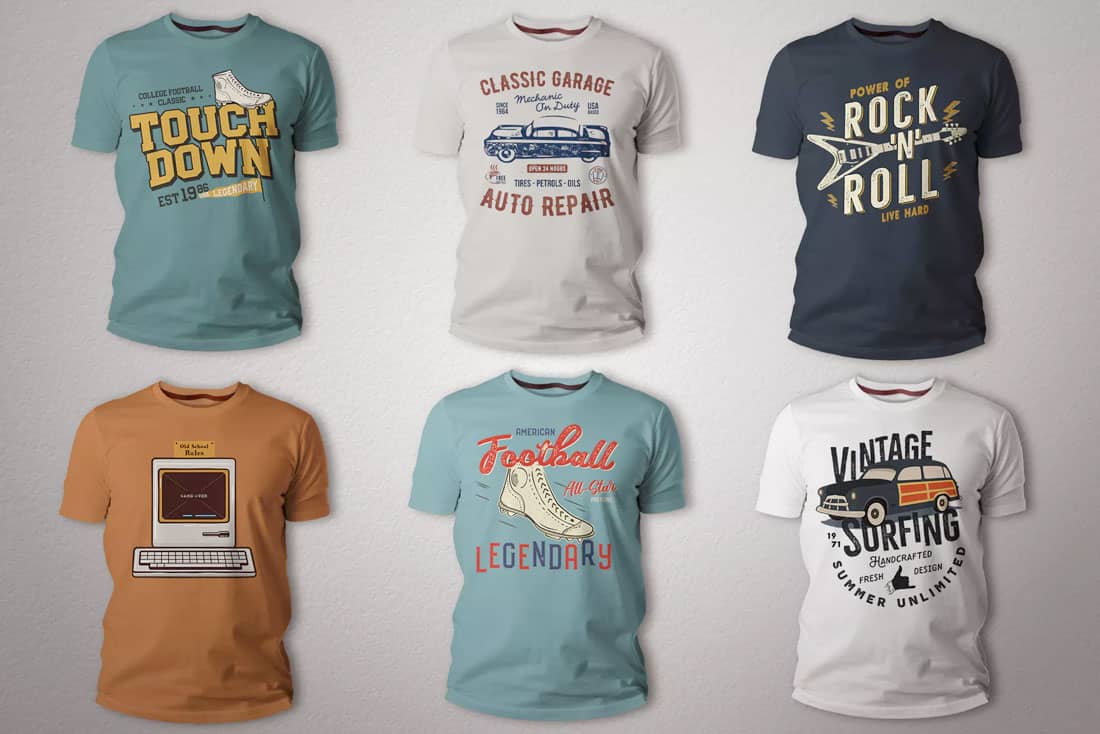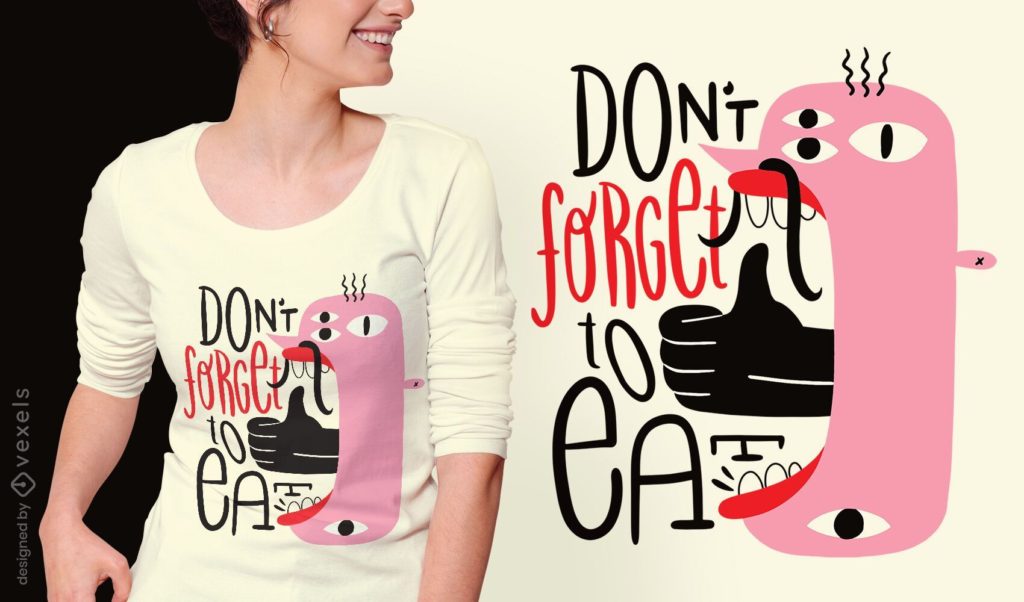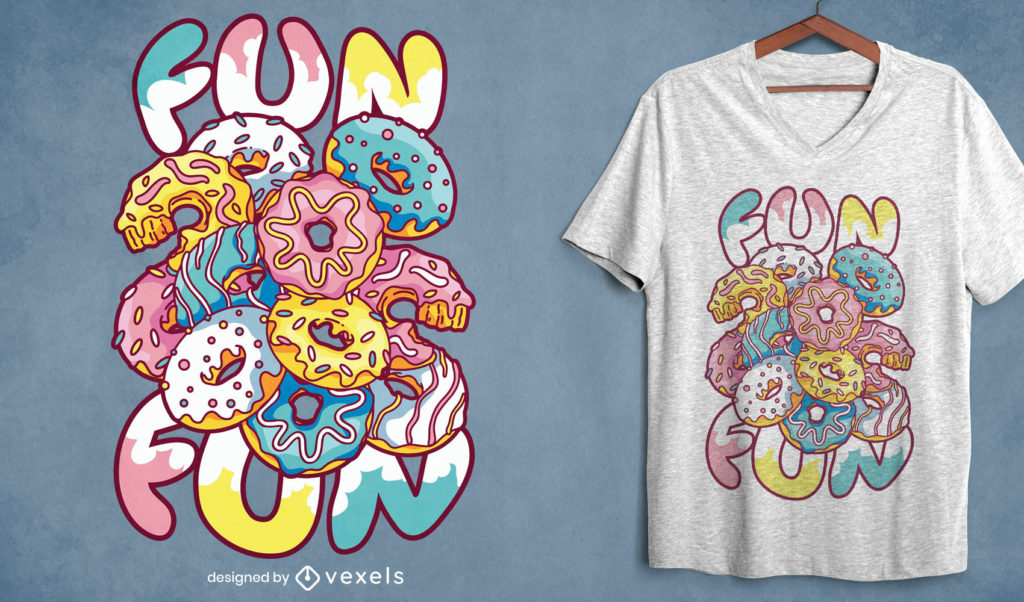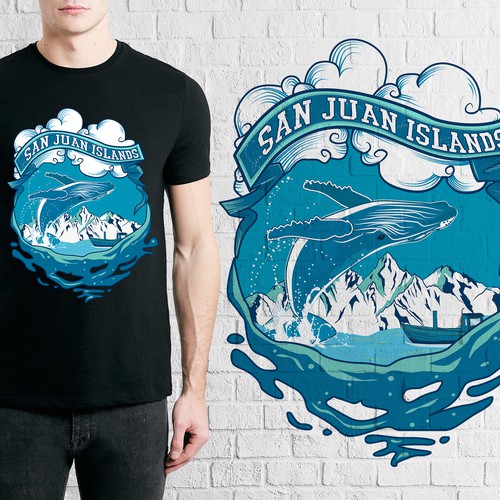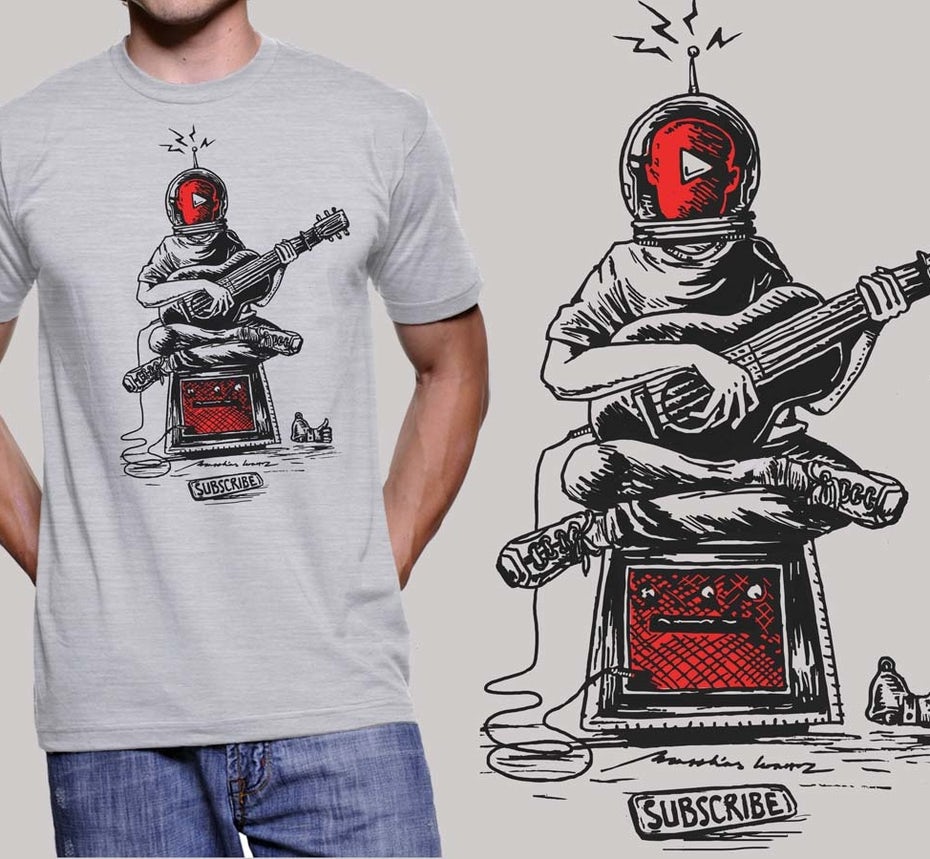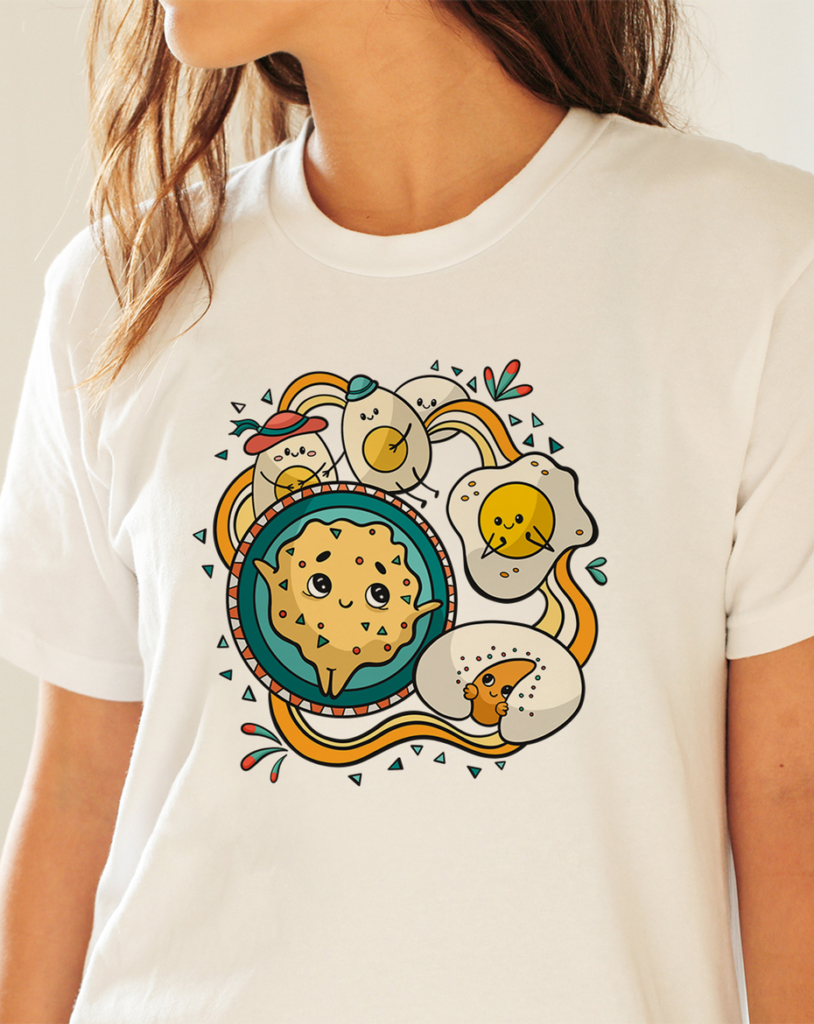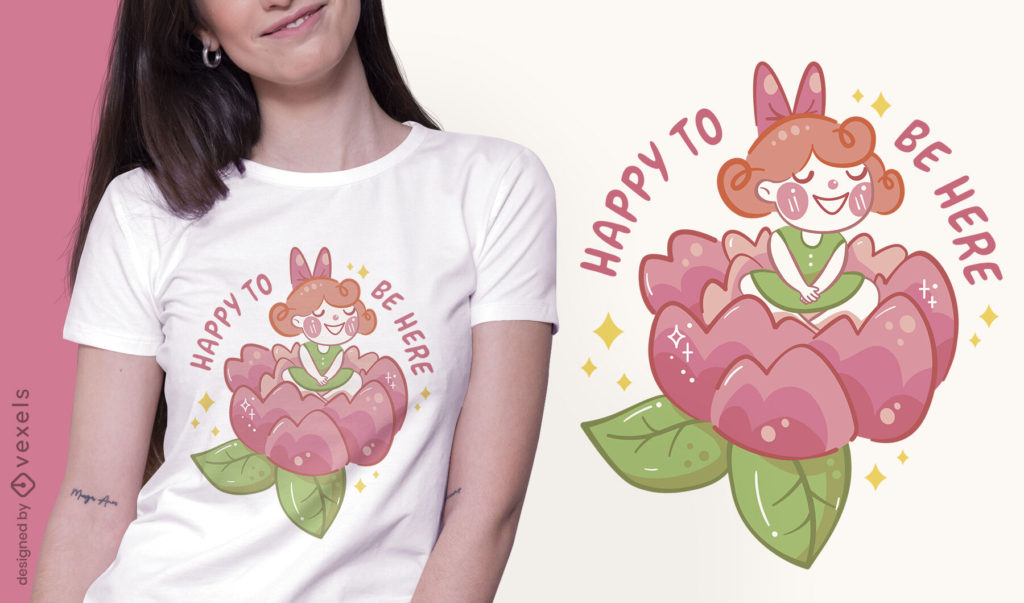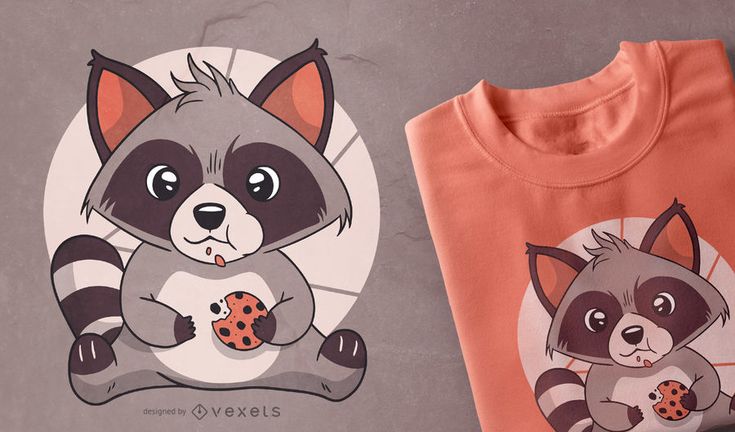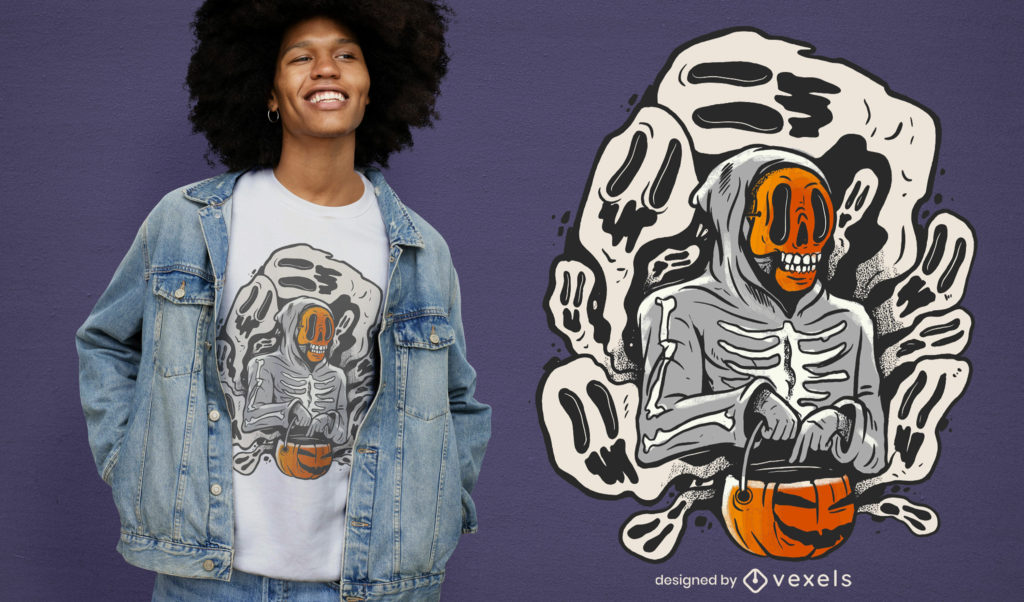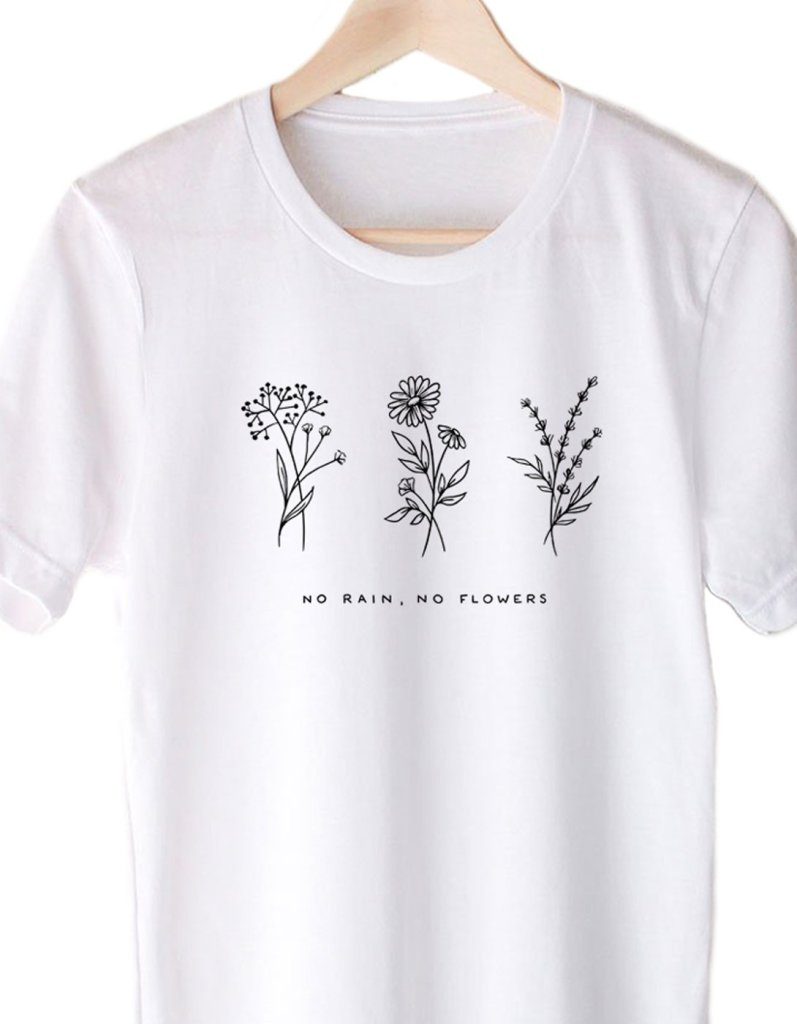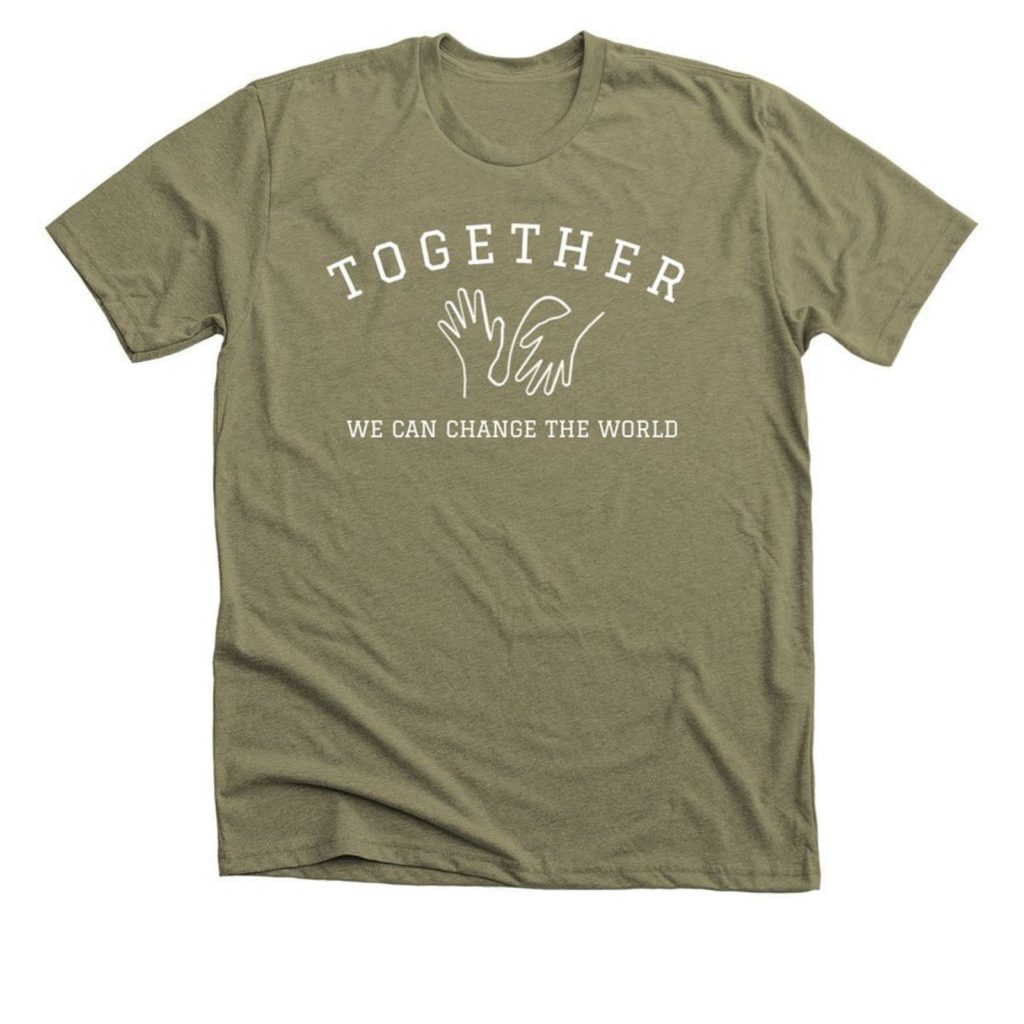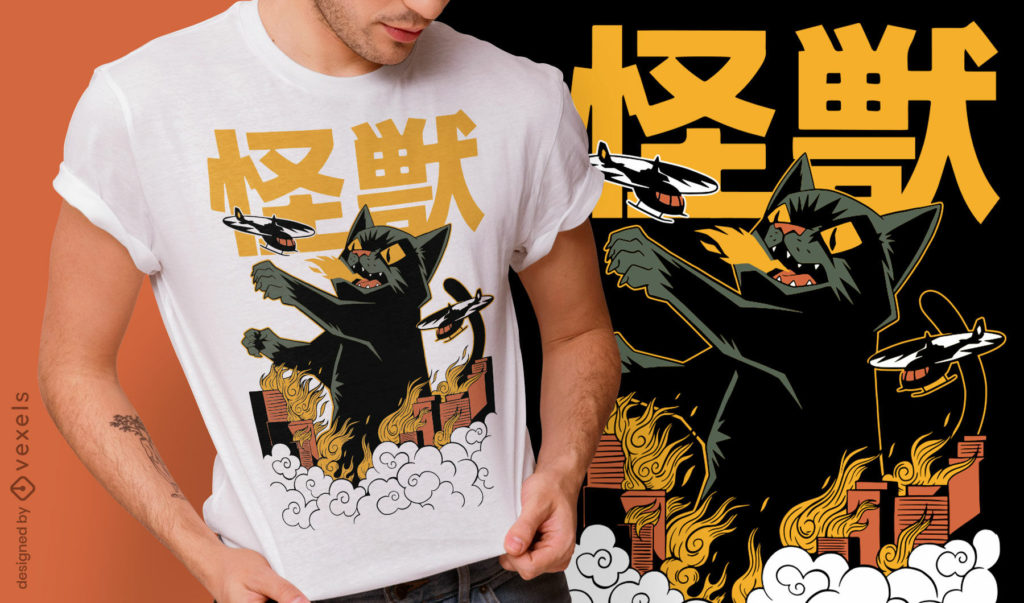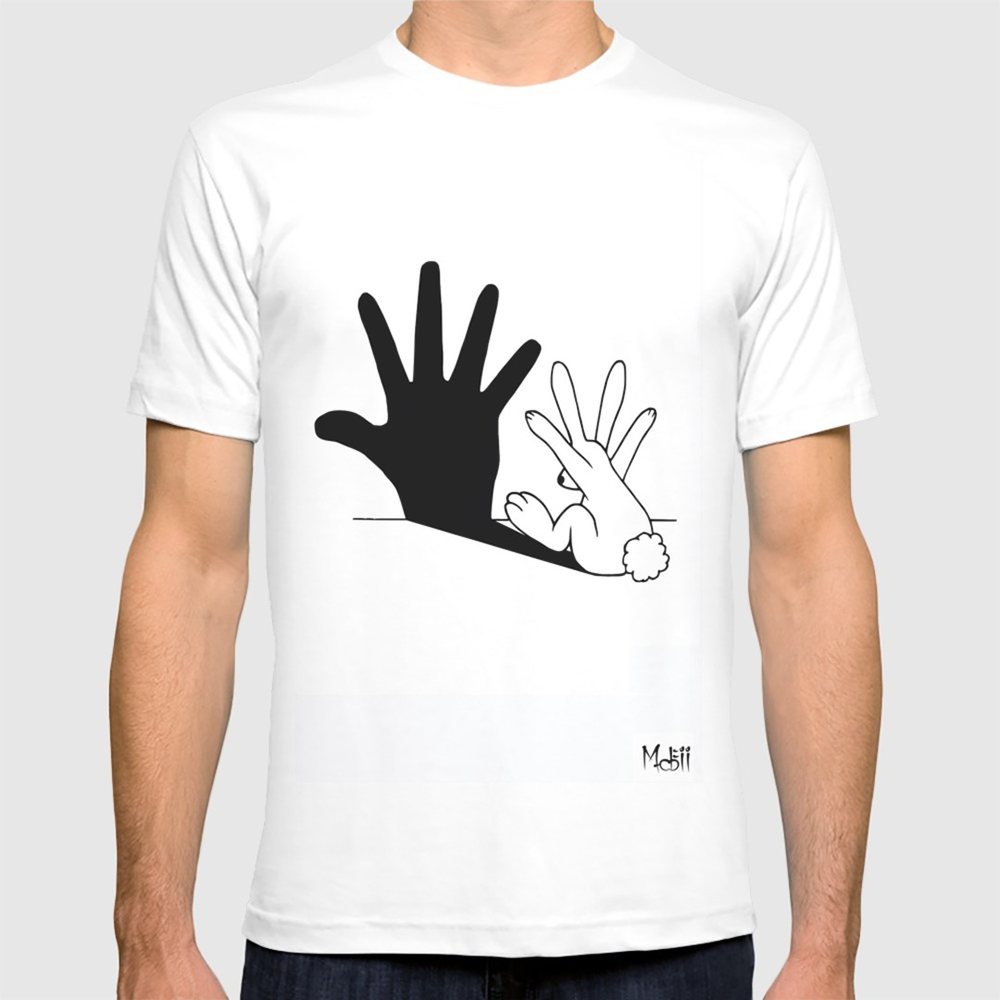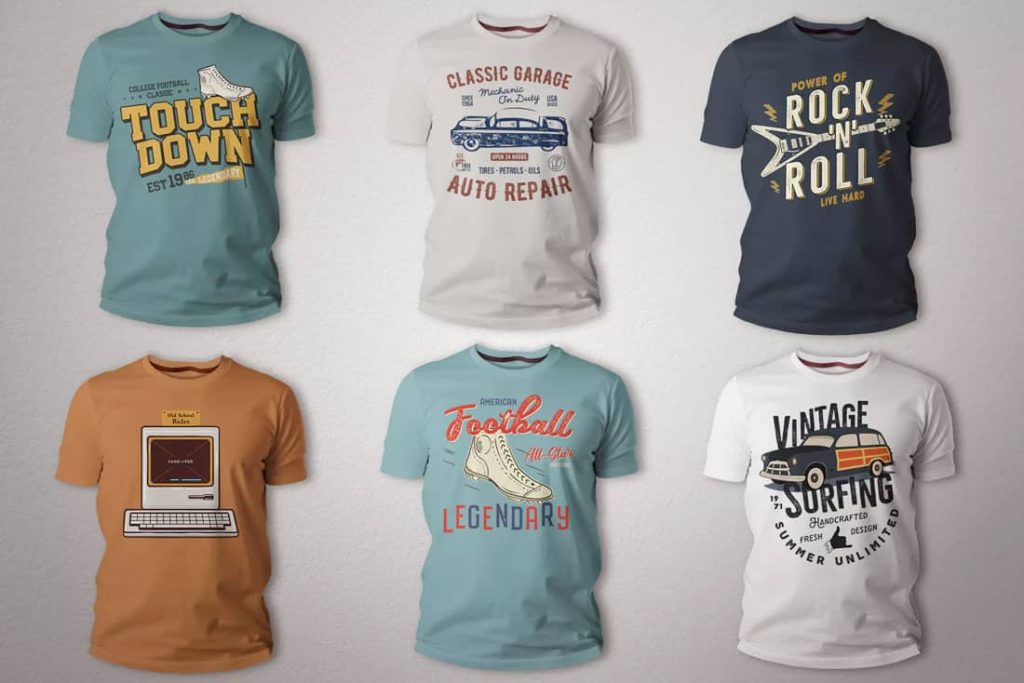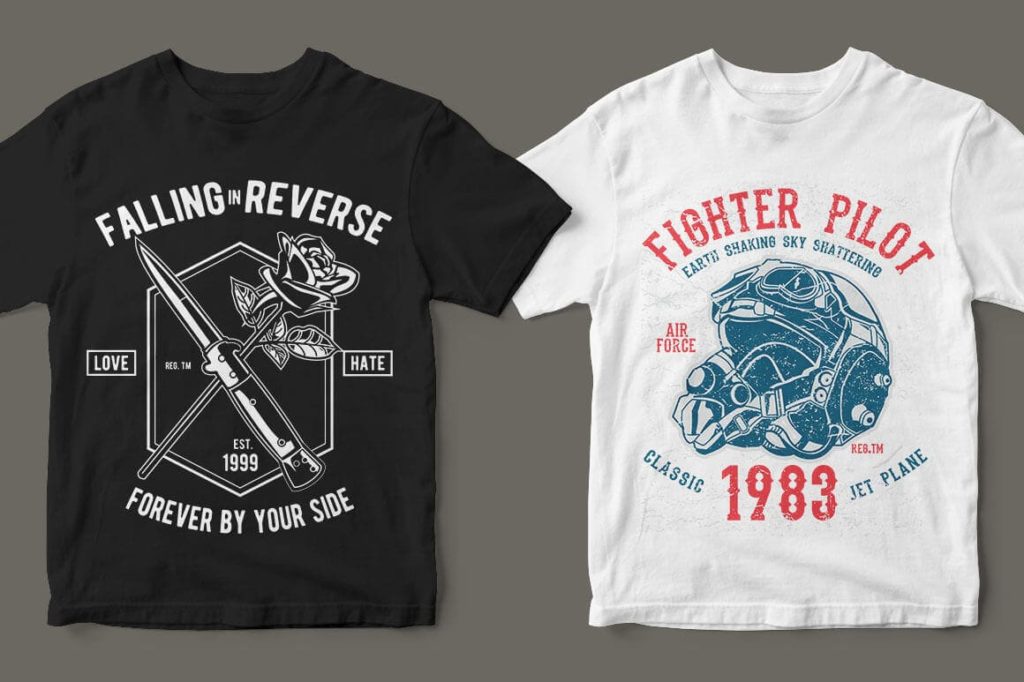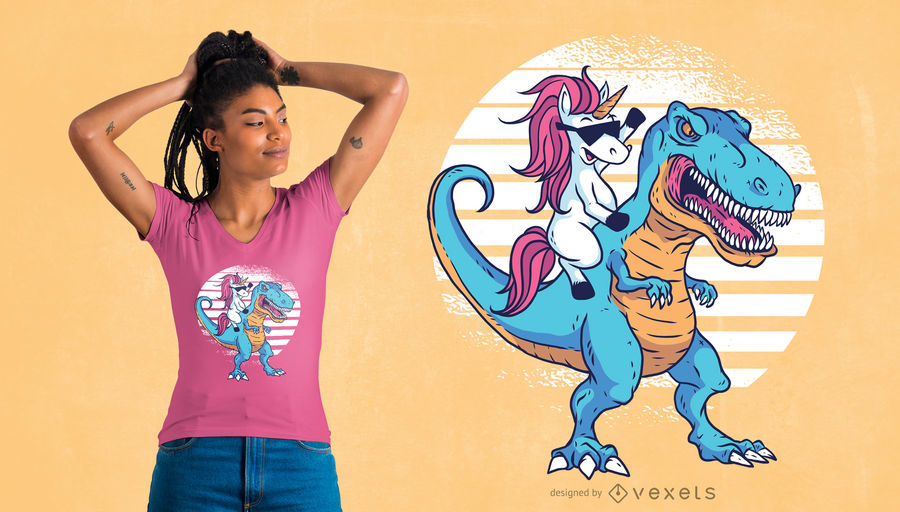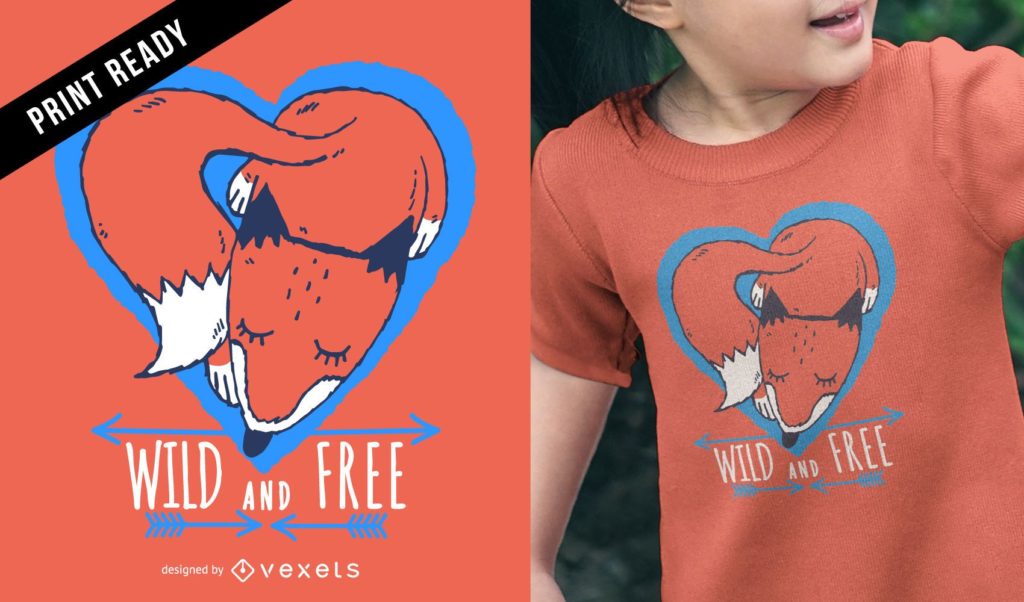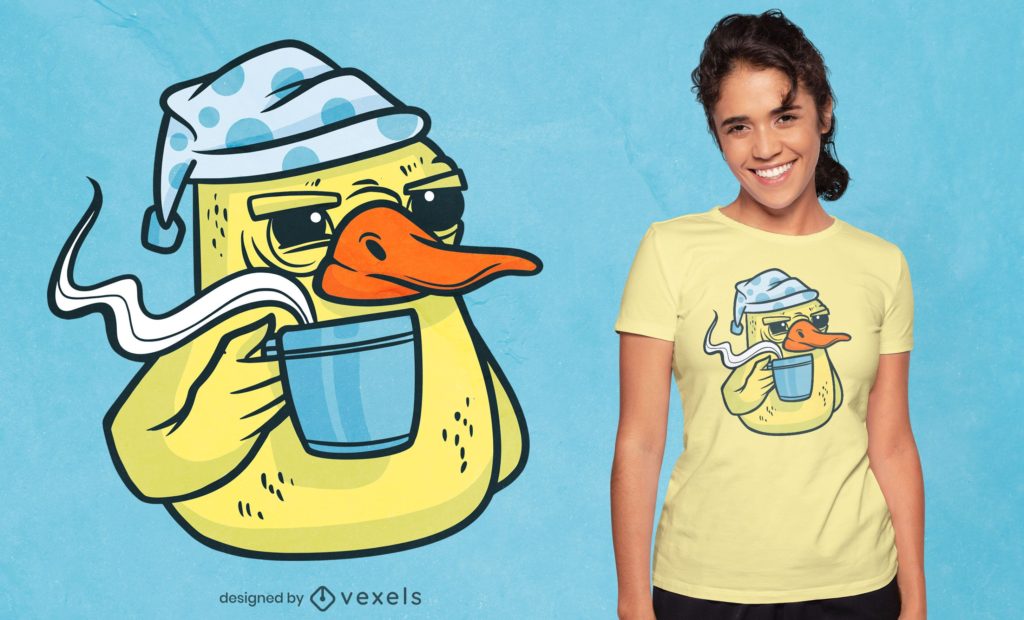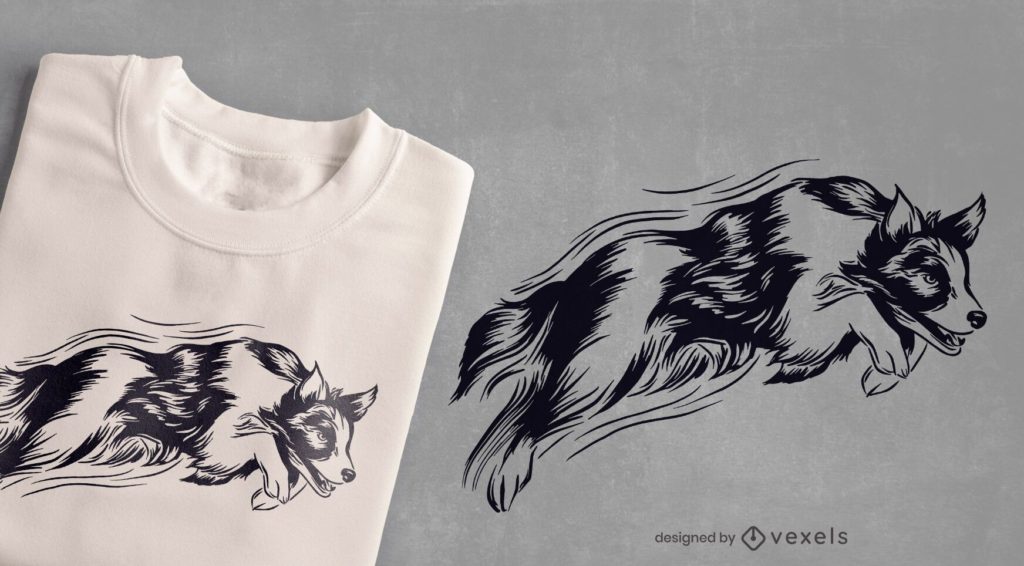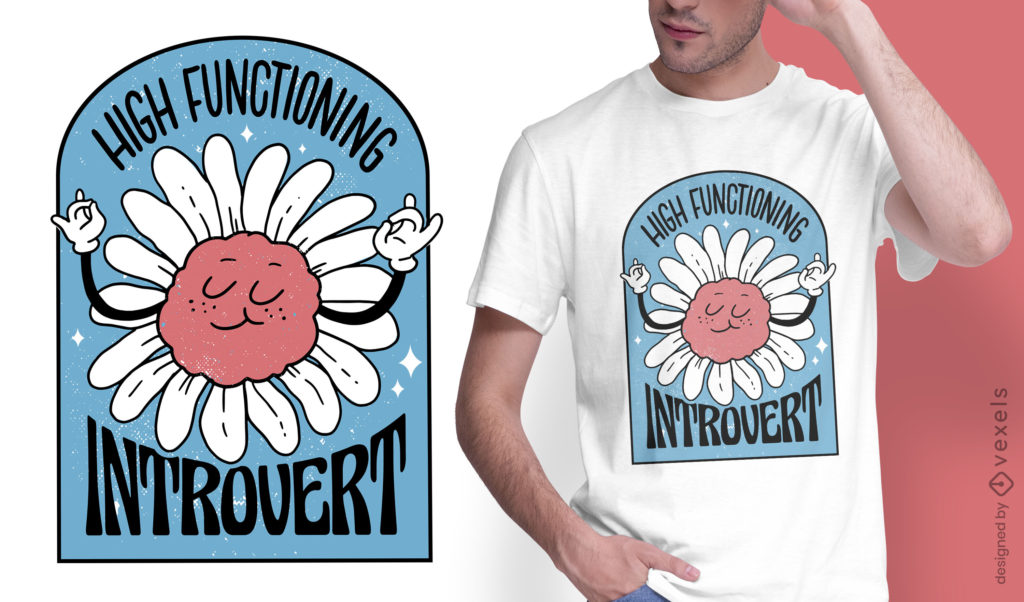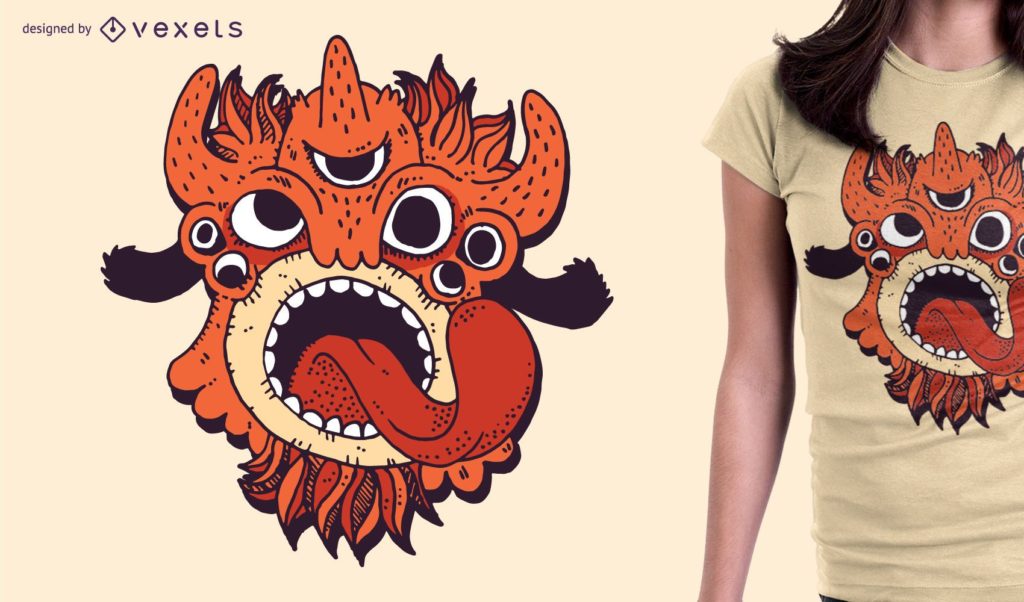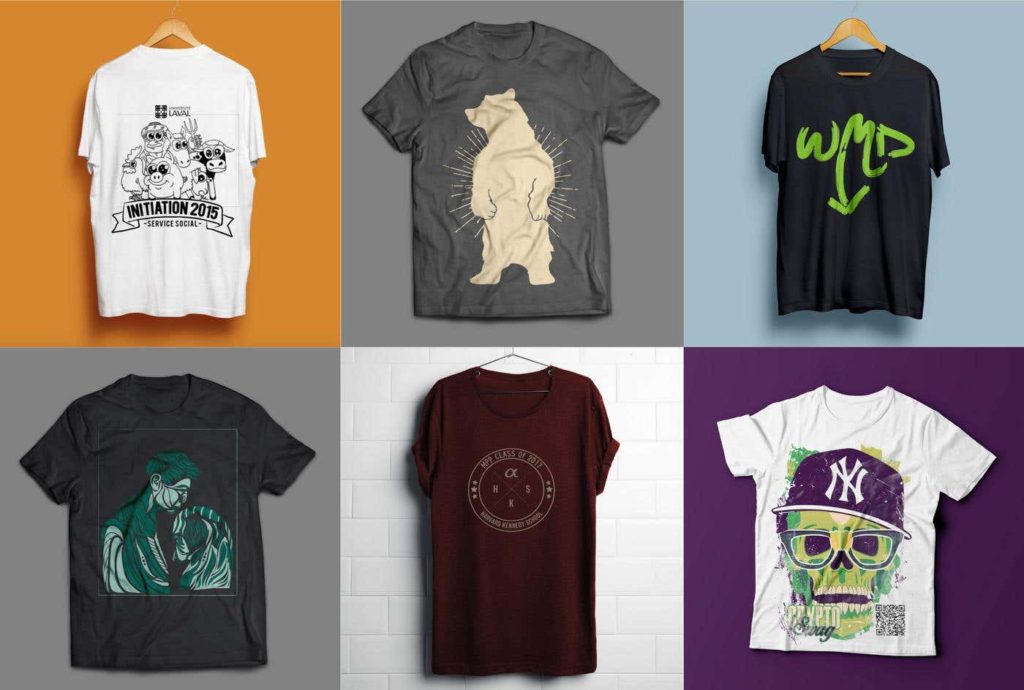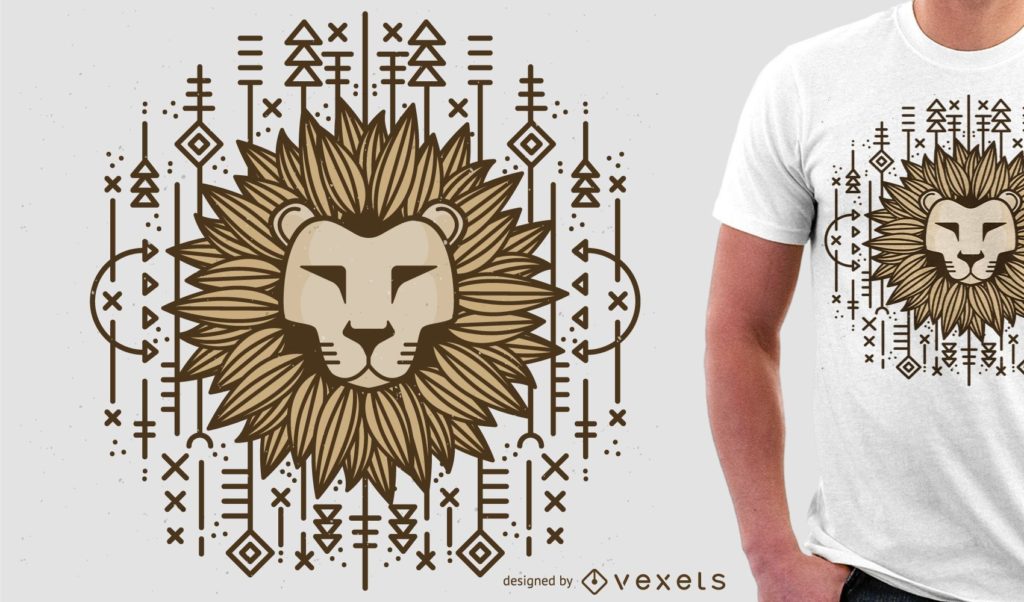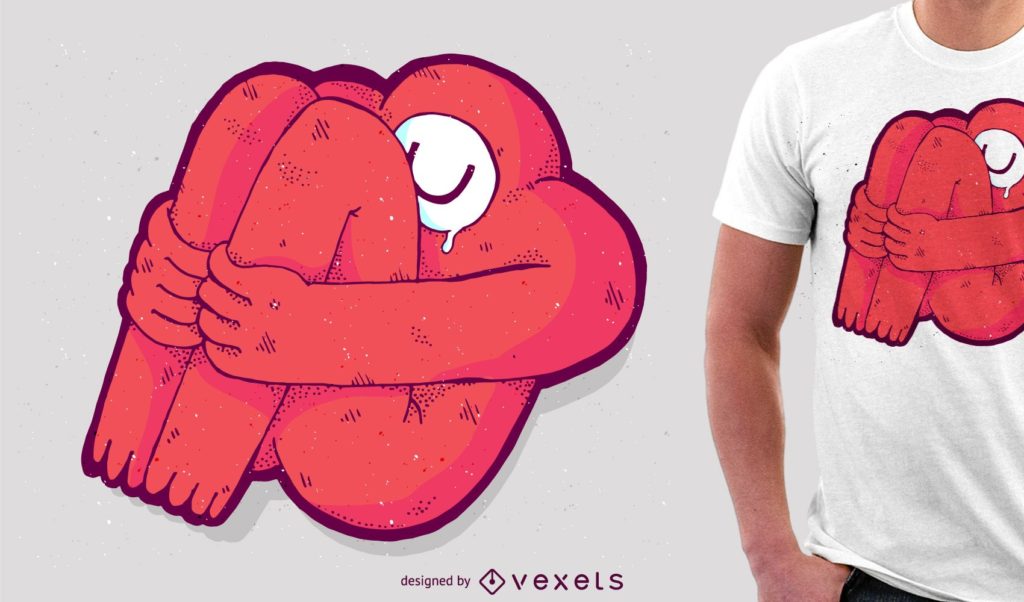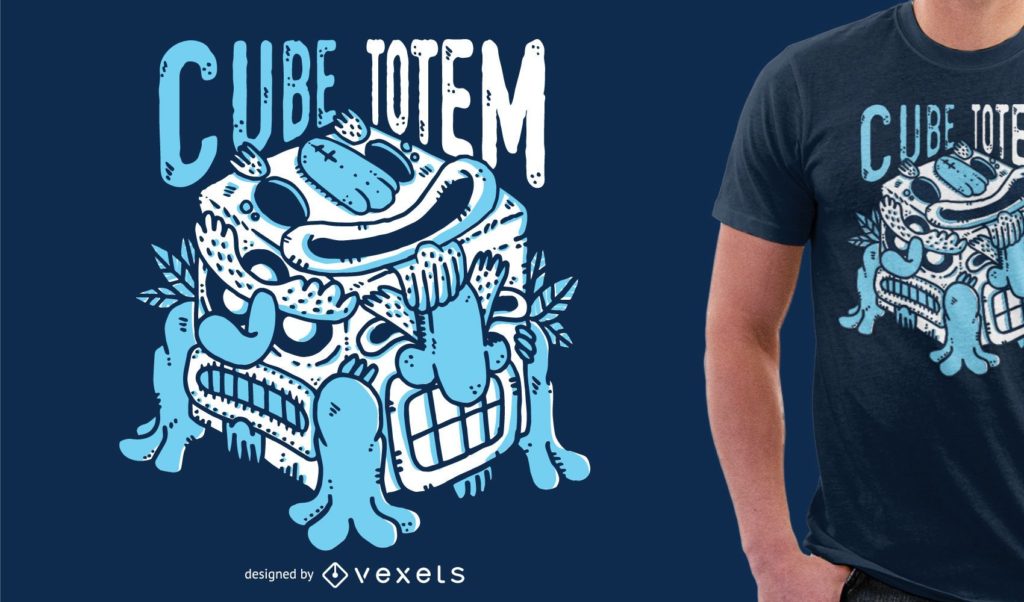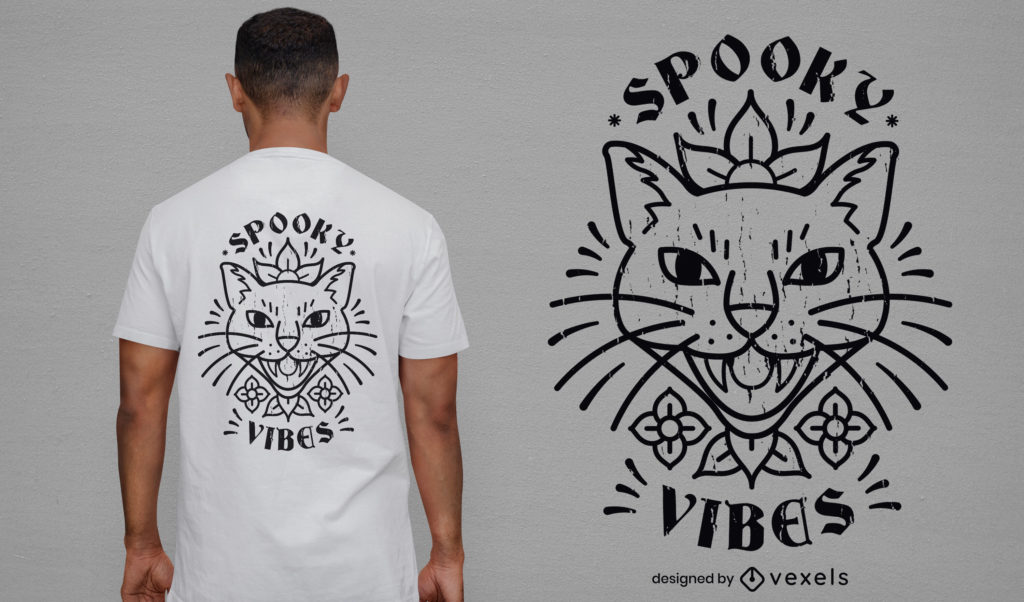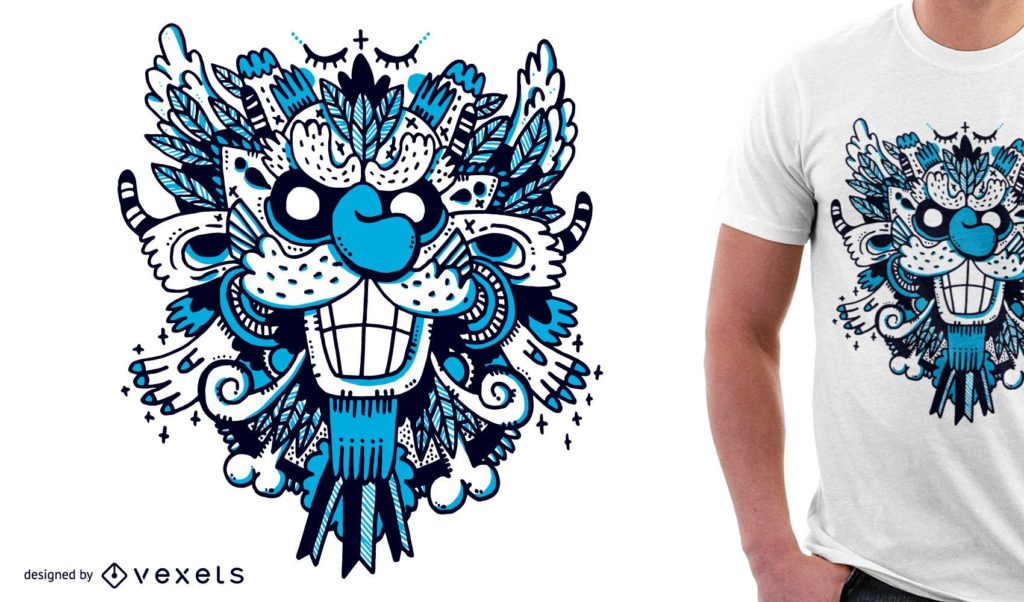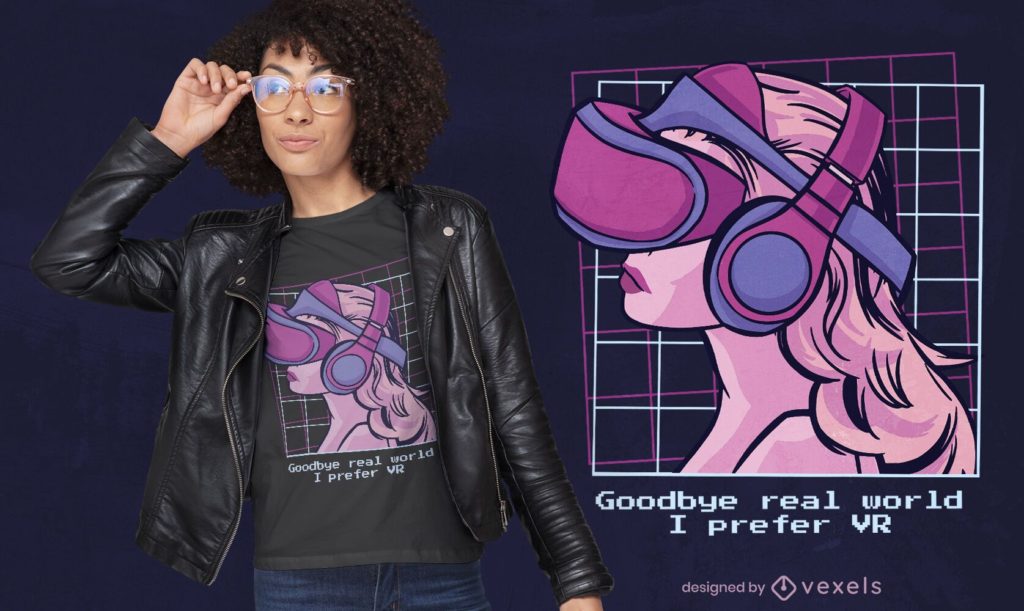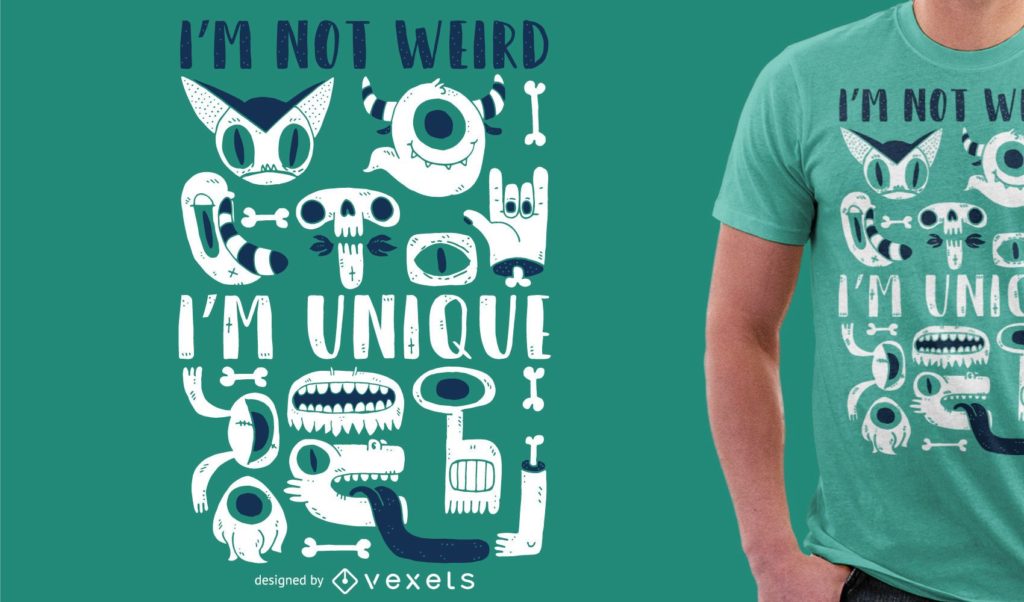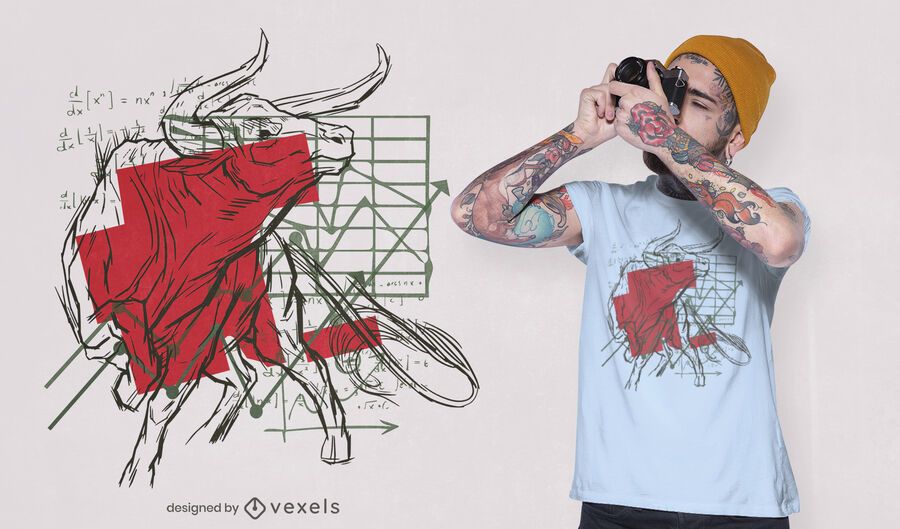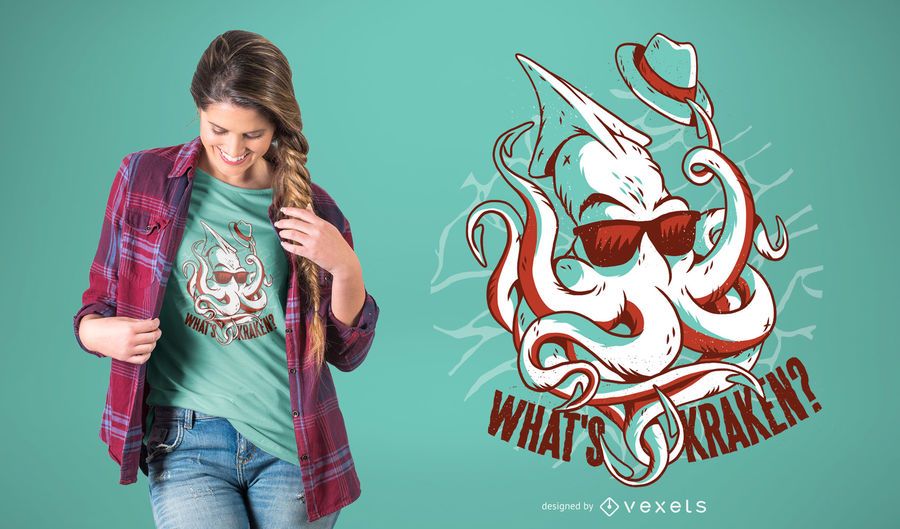A T-shirt, or tee shirt, is a style of fabric shirt named after the T shape of its body and sleeves. Traditionally, it has short sleeves and a round neckline, known as a crew neck, which lacks a collar. T-shirts are generally made of a stretchy, light and inexpensive fabric and are easy to clean. The T-shirt evolved from undergarments used in the 19th century and, in the mid-20th century, transitioned from undergarment to general-use casual clothing.
T-shirts are inexpensive to produce and are often part of fast fashion, leading to outsized sales of T-shirts compared to other attire.[1] For example, two billion T-shirts are sold per year in the United States,[2] or the average person from Sweden buys nine T-shirts a year. In the 1960s, the ringer T-shirt appeared and became a staple fashion for youth and rock-n-rollers. The decade also saw the emergence of tie-dyeing and screen-printing on the basic T-shirt and the T-shirt became a medium for wearable art, commercial advertising, souvenir messages, and protest art messages. Psychedelic art poster designer Warren Dayton pioneered several political, protest, and pop-culture art printed large and in color on T-shirts featuring images of Cesar Chavez, political cartoons, and other cultural icons in an article in the Los Angeles Times magazine in late 1969 (ironically, the clothing company quickly cancelled the experimental line, fearing there would not be a market). Custom T-Shirt artwork is now a common artform in nearly every American town today.
Project Goal:
Create a T-Shirt design with personal meaning that uses 3 or more stencils to create the finished artwork.

